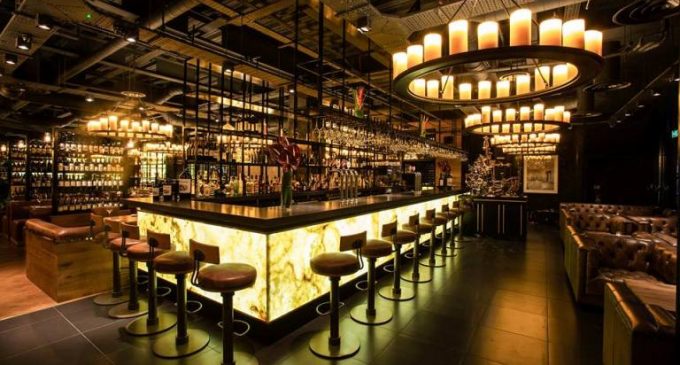British hospitality loses 4,600 venues in 12 months, but closures slow in early 2023

Britain has suffered a net decline of 4,593 licensed premises in the last year to March 2023, the new Hospitality Market Monitor from CGA by NIQ and AlixPartners shows—but the resilience of managed groups means the rate of closures has slowed in the last quarter.
The drop is equivalent to 4.3% of the licensed sector since March 2022, and an average of 12.6 closures a day. However, net closures slowed to 756 venues in the first three months of this year—a quarter-on-quarter drop of 0.7%, and equivalent to 8.4 closures a day.
Independent businesses have borne the brunt of closures with a 5.9% drop in numbers over the last 12 months, while managed groups achieved growth of 1.5% and in the same period, including 0.3% in the first three months of 2023. In the three years since the start of the COVID-19 pandemic, the independent sector has shrunk by 14.1%—more than four times the contraction of 3.3% in the managed sector. It reflects both the vulnerability of small, mostly family-run businesses in the face of COVID and the cost of living crisis, and the resilience of better resourced pub, bar, restaurant and hotel groups.
The report sets out more key trends in hospitality openings and closures, including:
- A much steeper drop in restaurants (down 7.8% since March 2022) than food pubs (down 2.2%) and high street pubs (down 2.5%)
- A 30.6% contraction in the nightclub sector since March 2020
- A slowdown of sports and social club closures, with numbers down 4.8% year-on-year but just 0.3% quarter-on-quarter.
Karl Chessell, CGA by NIQ’s director – hospitality operators and food, EMEA, said: “Each of the 4,593 closures over the last 12 months represents a sad loss of jobs and the permanent withdrawal of a community asset. It is at least encouraging that losses have slowed in the first few months of the year—a welcome indicator that demand for hospitality remains strong. However, the recent cut in government support on energy bills, alongside a hike in minimum wage rates and the ongoing tax burden, now leaves thousands more fragile venues at risk of closure. Hospitality has shown how, with the right backing, it can generate jobs and fire the economy—but sustained help is needed to tide the sector through the current crisis.”
Graeme Smith, AlixPartners’ managing director, said: “While the number of pubs, restaurants and other licensed venues continues to contract in UK hospitality, there is some positivity in this latest analysis of the market, given that the overall cadence, or rate of decline, has slowed significantly.
“Underpinning this is the fact that the rate of closures in all major cities is reducing, as COVID-19 concerns subside, and workers and tourists steadily return to urban centres – even to a degree, on Mondays. This stabilising picture extends to London – the largest leisure market, which was most affected by COVID-19– and it’s clear that many of Britain’s city centres are returning to something comparable to their pre-covid vibrancy.
“Tellingly, this latest study underlines the growing divide between larger and smaller operators, reflecting the varied ability to withstand the continued headwinds the sector faces. The closure rate of independent businesses – the lifeblood and entrepreneurial driving force of the sector – continues to vastly outstrip the better-funded corporates and the branded operators. It highlights the need for government support to be extended, especially on energy costs, if small (often family-owned) businesses are to survive.
“On a 12-month view, the number of closures is still very significant. A statistic homing into view is that by the end of the year, the total number of licensed venues is likely to fall below 100,000 for the first time in many decades. It reflects approximately 13,000 closures since March 2020, and the many thousands of pubs that have shut in the decades prior.
“This is a trend that speaks to the relative shift from high-frequency drinking occasions, which have in part made way for the growth in (less frequent, higher spend) dining-led visits, and the rise, in recent times, of (less frequent, higher spend) competitive socialising occasions.”

































